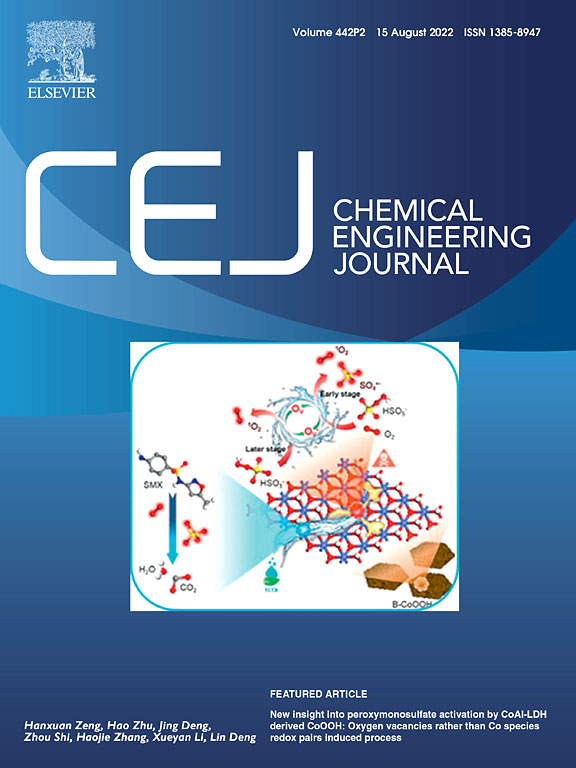
Over the past decades, metal-organic frameworks (MOFs, also known as porous coordination polymers or PCPs), as a new class of porous hybrid materials with reticular structure, have demonstrate promising applications for water treatment such as adsorption, catalysis, detection, desalination etc. However, there are still technical barriers to their practical application such as blockage of pipes, difficulty in recovery, high cost, and potential environmental toxicity. Furthermore, the primary reactive active sites and reaction mechanism towards contaminants are still not very clearly. The purpose of this special issue (VSI) is to publish the state-of-art researches that gather current knowledge and pressing questions about MOF-based materials for water treatment. This special issue will focus on the relationship between the performance and novel MOF-based space-tectonics materials, the new mechanisms, and new methods for water treatment. The topics for VSI include, but not limited to:

The innovative development of sustainable technologies, including energy harvesting, conversion and storage, has been increasingly exploited with the purpose to address the current ever-increasing energy and environment-related crisis. The exploration of promising solutions is largely associated with progress in the materials science field. Recently, low-dimensional nanoarchitectured materials, such as the emerging two-dimensional (2D) graphene, black phosphorus, metal dichalcogenides and oxides, have been expected for developing cutting-edge energy conversion and storage devices for supporting a sustainable future. Low-dimensional nanomaterials have been verified to exhibit attractive physical and chemical properties, which are initiated by strongly confined electrons, photons, and phonons within these nano-sized materials. Therefore, the current research on low-dimensional nanomaterials offers unprecedented opportunities for sustainable energy applications.
Materials Oceania 2022 conference, held in October 2022 at Brisbane, Australian, is co-sponsored by The University of Queensland and endorsed by the Materials Research Society. A multidisciplinary group of scientists and engineers from all over the world present their latest findings and exchange their ideas on materials science. Based on the session topics in the conference, this special Research Topic mainly aims to highlight the progress in the nanoarchitectured materials and their applications in energy-related fields. We are keen to develop a high-quality Research Topic on the recent significant progress and research studies for the development of sustainable technologies.
The editorial team welcome the submission of Original Research papers, Reviews, Mini Reviews, Perspectives, and short communications from a wide range of topics, including, but not limited to, the following list: